, one of the largest most influential tech companies on the planet, decided to enter the virtual reality space with a smartphone shell made of cardboard. True story! It gave away a kit to I/O attendees in 2014, then posted the plans online so anyone with an empty pizza box or stray shipping carton could hack together a lo-fi VR device with a hful of cheap parts.
Cardboard might sound silly, but it has caught on in a serious way: the plans have been downloaded more than 500,000 times, there are dozens upon dozens of compatible apps, now el are creating plastic versions. You can even buy a stard cardboard viewer from third-party companies if you don’t want to make one yourself.
ether you plan to build or buy, it’s easy to get started with this entry-level, ultra-affordable VR experience. Here’s how.
y bother?
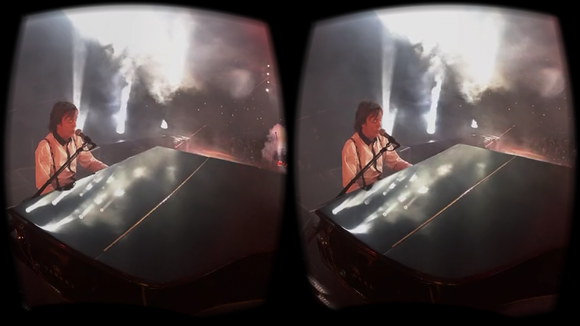
It’s McCartney! The image is split on the screen, but through the Cardboard viewer, the two sides merge to become one seamless image.
Current Cardboard apps are largely short, straightforward experiences, but it’s incredibly cool to be able to try out VR without a significant investment of money or time. You already have an Android smartphone, right? Assuming it’s recent enough to run the app fit into a shell, your expense shouldn’t be more than $20-25 for a basic viewer, or less if you decide to build the thing yourself.
It’s not as immersive an experience as the strap-on Oculus Rift, which requires a is still in development, or Samsung’s Gear VR headsets, which cost $200 only work with the Galaxy S6, S6 ge, Note 4. But it’s an easy way to get a feel for what’s possible with modern virtual reality, beyond the low cost of the headset, most of the available apps are free.
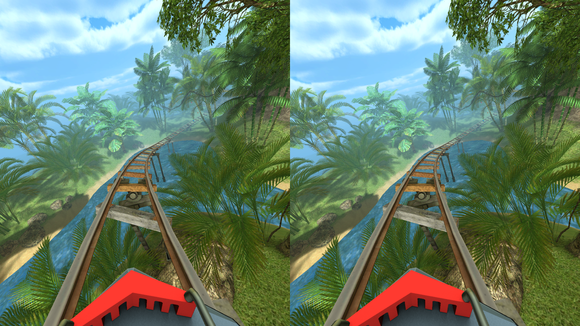
True story: I lost my balance the first time I rode these virtual rails while sting completely still. It’s a short ride, but amusing all the same.
For example, you can simply move your head to look freely around, in 360 degrees, as you view concert clips from McCartney or ck ite, or while looking around digital or real-world environments. You can view Maps or Earth in a whole new way, ride a virtual roller coaster, or free fall from daring heights. That’s just the tip of the iceberg, but if you’re into immersive visual experiences, there’s little reason not to give VR a shot via Cardboard.
at do I need?
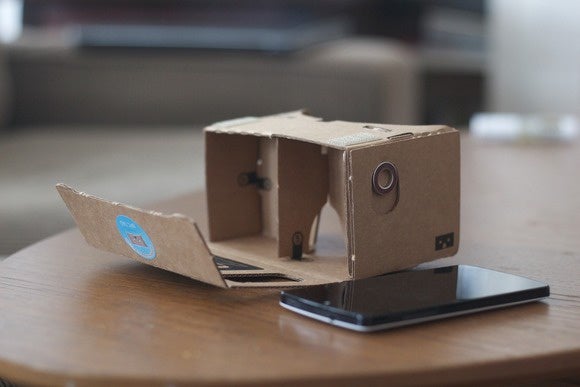
The Nexus 5 feels like the device that designed the original Cardboard viewer for. It fits perfectly, appears in most promo photos, has a crisp enough screen to hle this br of VR.
At the base level, you’ll need a phone that runs Android 4.1 (lly Bean) or newer. And you’ll also want the free Cardboard app, which includes various VR demos serves as a hub for any compatible apps you download. Beyond that, there’s some variance between which devices work with which versions of the headset, as well as which are fully compatible which are only somewhat compatible.
doesn’t help much with this part of the equation—for whatever reason, the company has removed the list of compatible phones from the Cardboard website. Maybe that’s ‘s way of encouraging people to embrace the DIY philosophy figure out workarounds for devices, but it makes getting started just a bit more confusing for the average smartphone owner.
The original viewer, released in 2014, is best used for phones with approximately five-inch screens or smaller. The Nexus 5, Galaxy S6, S5, S4 are all ideal devices, the Nexus 4 Galaxy Nexus are also fully compatible. Not every phone plays nice with the magnetic switch used in this viewer, however: the Moto X, for example, has issues with it. Currently, only provides printable plans for the original viewer, so if you have a phone other than those mentioned, it may or may not work properly with some VR apps.
at’s next?

The 2.0 viewer implements a new button (top right) that’s compatible with all phones. This enhanced 2.0 us viewer from Unofficial Cardboard also has adjustable lenses.
Change is afoot. In May 2015, unveiled the second-generation viewer, which swaps the janky magnetic switch for a cardboard, foam, capacitive tape-covered button that works with any Android phone ( even iones, via the iOS app). The 2.0 viewer also makes various design tweaks, including flexible cardboard between the lenses that’s less likely to chafe your nose.
The viewer can also accommodate phones up to six inches in size—namely the Nexus 6, which replaces its predecessor as the phone seen in ‘s current Cardboard marketing materials. It also works with Galaxy Note phones, the ione 6 us, other phablets in that size range. Curiously, the new viewer eliminates the passthrough opening on the back, which let apps use your camera to pump in images from the world around you.
It’s unknown whether will release those plans for home crafters, but for now, the company is pointing people towards partners who sell the headsets. And while some companies are selling pretty straightforward versions of ‘s template, others are making their own tweaks to the design. For example, Unofficial Cardboard sent me the 2.0 us model seen above, which lets you shift the placement of each lens for a clearer image— potentially less chance of motion sickness.
How can I buy one?
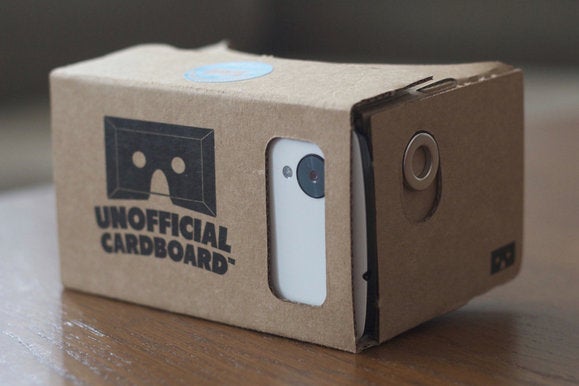
I bought my first-gen viewer from Unofficial Cardboard for $17, fully assembled. I’m terrible at crafting have limited free time. ll worth it, in my opinion.
has embraced the community of resellers that has formed around Cardboard, establishing a “rks with Cardboard” tag for partners listing their viewers on the official site. Many companies sell these viewers as fully assembled headsets that are ready to use out of the shipping box, while a couple offer laser-cut cardboard kits that you can put together. And they’re even customizing headsets with extra perks, or using premium materials to deliver sturdier, less DIY-looking viewers.
The basic headset is available at different prices from various sellers. Unofficial Cardboard sells its v2.0 viewer for $20 assembled, the modified version above with the shifting lenses is the same price. I Am Cardboard has a few options, on the other h, including a basic v1 viewer for $15, a v2 viewer for $20, an EVA foam version of the original viewer for $30. And DODOcase has a kit for its customized viewer, which adds a capacitive touch button, for $30.

This is the Knoxlabs uminum VR Viewer. oks fancy, certainly, but it’ll set you back $85.
Some companies are starting to break from the typical mold to create custom designs that still meet ‘s stards. The C1-Glass from Go4D is a plastic clip with lenses that attaches directly to your phone, at $22, it’s a more compact way to bring VR around with you. And Knoxlabs has an aluminum wood viewer for $85 assembled, as seen above. That’s quite the investment.
Should I make one?
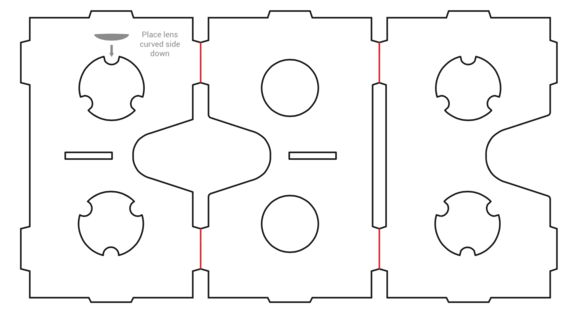
nt to do it yourself? provides the plans, but you’ll need a few additional parts beyond some decent cardboard.
If you have a knack for crafting, you might get a kick out of assembling even customizing your own Cardboard headset. provides instructions for h-cutting a headset frame, or even laser-cutting it if you have access to the hardware. On the former front, if it’s not too greasy, a pizza box should provide enough flat-surfaced material to work with. You want something sturdy—but slim—to work with.
You’ll need a few additional items, however: a neodymium magnet a ceramic disc magnet, biconvex 45mm lenses, a couple pieces of Velcro, a large rubber b. Not sure what all of that stuff is? Now that the second-gen viewer is out, ‘s partner companies are starting to shift away from selling unassembled viewers pieces; but luckily, I Am Cardboard still has a kit of parts (aside from the cardboard itself) for $10. Or you can just order the lenses or magnets separately for a couple bucks apiece from eBay.














